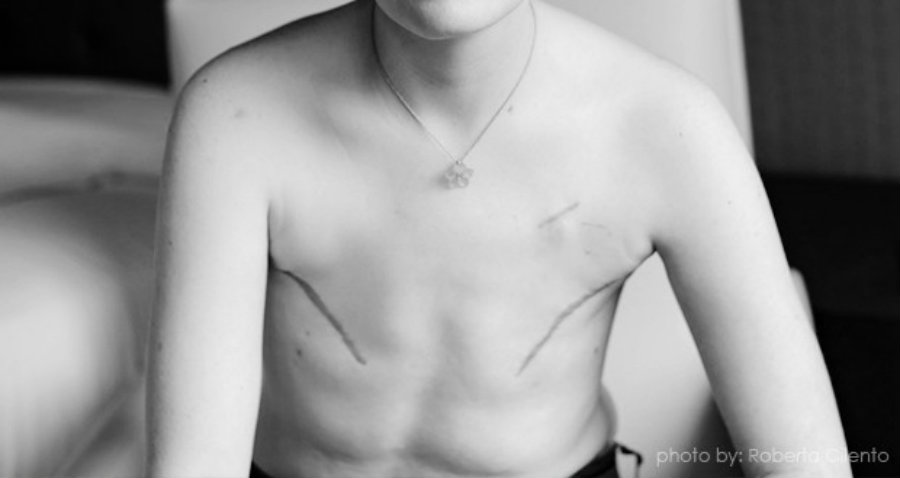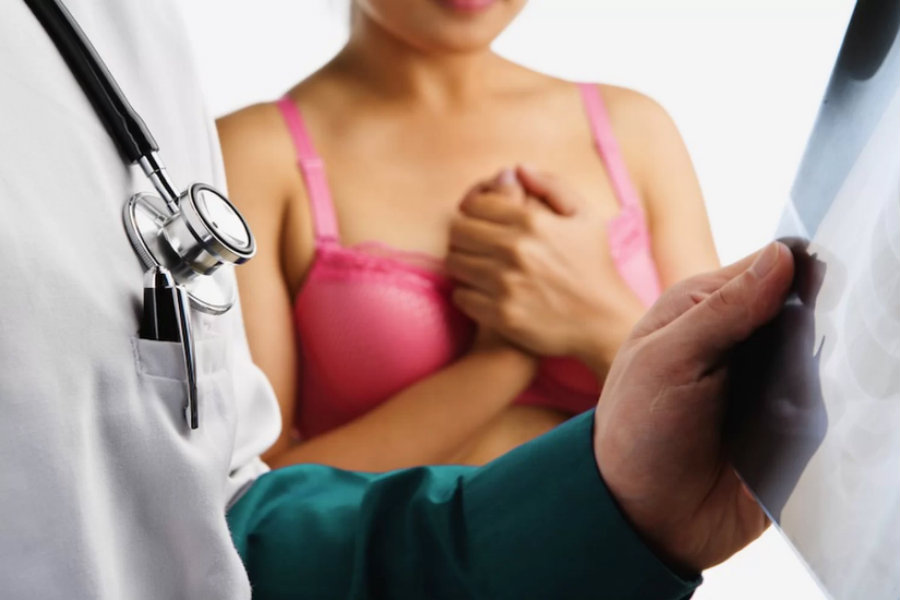A new study found that rates of women undergoing double mastectomies for breast cancer vary by state. The study was published in the journal JAMA Surgery on March 29.
The study reviewed data from over 1.2 million women who received a diagnosis of unilateral early-stage breast cancer, and they found that the proportion of double mastectomy surgery varied substantially by state. The procedure to remove both breasts, the healthy along with the cancerous breast, is called a contralateral prophylactic mastectomy (CPM).

Researchers wrote that the proportion of women undergoing the procedure between 20 and 44 years of age, ranged from 15.7 percent in Hawaii to 42.8 to 48.5 percent in 5 Midwestern states.
“The variation is very striking,” shared senior author Ahmedin Jemal, of the American Cancer Society in Atlanta.
Double mastectomy may not be necessary for women with unilateral breast cancer
The authors are trying to determine why more than 42 percent of women in some states decided to undergo both breast removal with a CPM.
“To be honest, I think it’s very difficult to really pinpoint why the increase,” explained Jemal. “One factor that could contribute to the increase is the desire for symmetry. Another factor is probably the Angelina Jolie effect. She was diagnosed with the BRCA-1 cancer gene mutation that causes breast cancer, and she had a double mastectomy, so that was covered widely in the media. For women diagnosed with breast cancer in one breast, there is no evidence to suggest to remove the unaffected breast.”
Last year, the American Society of Breast Surgeons published a report in the journal Annals of Surgical Oncology recommending women not to remove both breasts if they have been or are diagnosed with unilateral breast cancer.
The report explained that CPMs should be discouraged for an average-risk woman with unilateral breast cancer, although the final decision on whether to undergo the procedure or not, should be a balance between the CPM risks and benefits and the patient’s preference.

Jemal said that even when a CPM procedure is performed to prevent cancer developing in the healthy breast, the chance of developing cancer in the healthy breast is only 6 percent, a small number for the doctor. However, according to the American Cancer Society, the most common second cancer in breast cancer survivors is another breast cancer.
12.4 percent of women will be diagnosed with breast cancer in their lifetime
According to a paper published in the Journal of the National Cancer Institute in 2010, a healthy 55-year-old woman has a 2.5 percent chance of developing invasive cancer, while a 55-year-old woman who survived breast cancer has a 10 to 15 percent chance of redeveloping the disease.
Another study from the National Cancer Institute says that about 12.4 percent of women in the United States will be diagnosed with breast cancer at some point.
The study based on data from the North American Association of Central Cancer Registries, which focused on 1.2 million women 20 years old and older between 2004 and 2012. The researchers studied which patients had undergone a lumpectomy, a unilateral mastectomy, or a CPM. Researchers found a limitation of the data, as they were unable to know which patients may have been at higher risk due to genetic risk or socioeconomic status. Such factors are associated with the likeness of receiving a contralateral prophylactic mastectomy.

The prevalence of CPMs also increased in the last years. Between 2004 and 2012, women 45 years old or older opting for a CPM increased from 3.6 percent to 10.4 percent. Women between 20 to 44 years old also rose the numbers for CPM prevalence, from 10.5 to 33.3 percent.
Double mastectomy prevailed among younger women
The research found that of the women diagnosed with unilateral breast cancer, 58.4 percent underwent a lumpectomy, 32.9 percent underwent a unilateral mastectomy, and 8.7 percent had both breasts removed with a CPM. The CPMs also varied by age, as 2.4 percent of women who were 70 or older underwent a CPM, while 29.3 percent of women between 20 to 29 years old opted for the double mastectomy.
“It is not surprising that younger women opt for CPM compared to older. The issue is what contributes to such a decision. This trend is multifactorial,” said Dr. Francisco Esteva, an oncologist at NYU Perlmutter Cancer Center, who was reached by CNN for comments. “For young women, they realize that they are at risk life long for a second cancer in the contralateral breast, and there is good data that the perception of this risk is greater than the real risk, but many women, with this knowledge, decide to make a definite intervention.”
Esteva explained that the amount of studies and intervention that women undergo before surgery could be stressful enough for them that they end up wanting to have both breasts removed.
The study discovered that the CPM trend was higher in Nebraska, Missouri, Iowa, Colorado, and South Dakota. The results from these states accounted for 42 percent of the women that underwent a CPM.
Other medical oncologists and experts believe that the numbers suggest that physicians should have a more balanced discussion with patients that want to have a CPM and that they should try to dissuade them from removing a healthy breast unless there’s evidence of high-risk factors as a BRCA gene mutation.
Source: CNN Health
